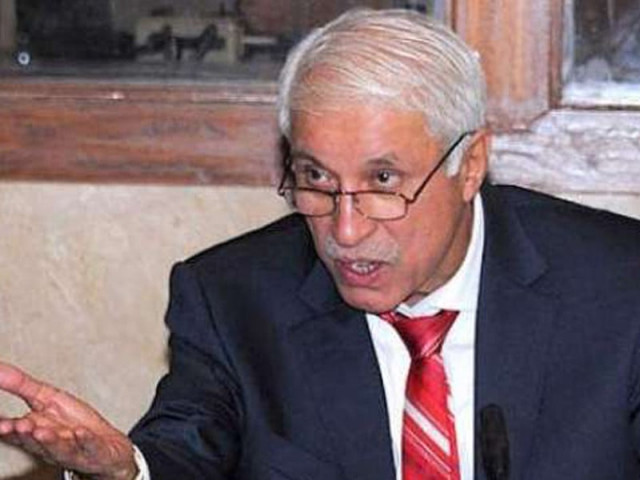The story so far:
E20 petrol, which contains 20% ethanol and is being sold by Indian oil refiners, has been much in the news lately. India has achieved its target to blend 20% ethanol per litre of fuel five years ahead of the target under the National Policy on Biofuels. Ethanol blending in India rose from just 1.5% in 2014 to 20% in 2025, backed by the government’s strong fiscal incentives to the sugarcane industry. While the government says ethanol blending achieves a range of goals such as cutting greenhouse gas emissions, bolstering farmers’ incomes and reducing India’s oil import bill, its benefits to the environment require closer scrutiny.
How are vehicle owners reacting to this change?
Vehicles sold in India from 2023 come with E20 stickers, indicating compatibility with 20% ethanol blended petrol. Additionally, manufacturers have addressed the concerns of those who own older vehicles. Hero Motocrop says in its website, “The material composition such as rubbers, elastomers and plastic components that are directly exposed to fuel also need to be changed to E20 compatible materials.”
However, according to LocalCircles, two in three petrol vehicle owners are against the E20 mandate. Only 12% of the 36,000 people surveyed across 315 districts are in favour of the switch. Critics cited a drop in mileage and increased maintenance costs. The survey urged the Union government to allow consumers to choose the type of fuel they want.
While the Centre admitted to a “marginal drop” in engine efficiency, it said this “can be further minimised through improved engine tuning and use of E20-compatible materials.” Minister Hardeep Singh Puri has called the consumer angst a “vilification campaign” facilitated by “vested, economic interests”. While the Union government attempts to defend its E20 policy, its own think tank, the NITI Aayog, has urged the government “to compensate the consumers for a drop in efficiency from ethanol blended fuels”, by way of “tax incentives on E10 and E20 fuel”.
According to the Minister, “since 2014-15 India has already saved more than ₹1.40 lakh crore in foreign exchange through petrol substitution.” But has the benefit been passed to the end consumer?
An analysis by The Hindu showed that Coal India Ltd, Oil & Natural Gas Corporation (ONGC), Indian Oil Corporation (IOC), Bharat Petroleum Corporation (BPCL), and Gas Authority of India Ltd collectively contributed ₹1.27 lakh crore, or 42.3% of the total ₹3 lakh crore dividends the Union government received from non-banking Public Sector Undertaking (PSUs) between 2020-21 and 2024-25. IOC and BPCL together saw a 255% rise in their dividend payouts since 2022-23 and a 65% decrease in oil prices. However, the two PSUs only passed on a 2% decrease in petrol prices to the public.
What about the impact on agriculture?
Sugarcane-based ethanol supply has grown from 40 crore litres in FY14 to nearly 670 crore litres, derived from about 9% of total sugar output, in FY24. The Union government says it has paid “over ₹1.20 lakh crore to farmers” since FY15. But how environmentally friendly is India’s dependence on sugarcane for ethanol?
About 60-70 tonnes of water is required to cultivate one tonne of sugarcane. Many sugarcane growing regions in India do not receive the 1,500 to 3,000 millimetre rainfall that is necessary for the crop’s optimal growth. This leads to groundwater extraction and unsustainable irrigation methods. A 2023 Central Groundwater Board report says that sugarcane growing districts in Maharashtra extract more groundwater than nearby regions. Distress among sugarcane growers in that State has been widely reported. Unsustainable agriculture practices accelerate land degradation. The Desertification and Land Degradation Atlas of India 2021 found that almost 30% of India’s land is degraded. The water intensive nature of sugarcane and the impact on ground water reserves at a time of extreme weather has been absent from the discussion on ethanol-blended petrol.
The Centre, however, says it is looking to diversify ethanol supplies. The Food Corporation of India’s rice allocation for ethanol jumped to a record 5.2 million metric tonnes, which is about 3.6% of output, from less than 3,000 tonnes allocated last year. Similarly, in 2024-25, over 34% of corn output was diverted for ethanol production. This diversion forced India to import about 9.7 lakh tonnes of corn during 2024-25 — a six-fold increase over the previous year’s 1.37 lakh tonnes.
Despite diversification efforts, area under sugarcane cultivation this year is estimated to be 57.24 lakh hectare against 57.11 lakh hectare last season. The assured payment mechanism for sugarcane, the Fair and Remunerative Pricing, is the key reason farmers bet on the crop as a source of stable income. While this rise is marginal, an analysis by the OECD-FAO says that 22% of India’s sugarcane will be used for ethanol production by 2034.
India’s booming ethanol economy has also come under the gaze of the U.S. The Trump administration is pushing India to relax restrictions to its ethanol imports. The 2025 National Trade Estimate report noted India’s policy as a significant “trade barrier.” Import relaxation could potentially undermine years of investment and capacity building in ethanol production. The Indian Sugar Mills Association has urged the government to maintain the restrictions.
Will it affect the transition to EVs?
The Ministry of Petroleum and Natural Gas said the shift to ethanol-blended petrol “has helped India reduce carbon dioxide emissions by 700 lakh tonnes.” Shifting to EVs, however, will achieve far higher rates of emissions reductions and speed up transport’s decarbonisation, which is the third largest carbon emitting sector globally after energy and industry. The success of cities like Beijing in cutting air pollution is mainly due to the rapid adoption of EVs. Of course, this switch has to be backed by renewable energy rather than coal, to aid in decarbonising transport.
Adoption of EVs has been much slower in India when compared to other large economies like the U.S., the European Union and China. About 7.6% of vehicle sales in 2024 was electric. Sales of EVs have to increase by over 22% in the next five years to reach the government’s own target of 30% by 2030.
Another challenge to wider EV adoption in India is its dependence on Rare Earth Elements (REE). According to the Ministry of Mines, before China’s export curbs were imposed, only 2,270 tonnes of REEs and compounds of REEs were imported in 2023-24. But this relatively lower level is critical for the industry to sustain the current level of EV production. The production and processing of many REEs is geographically concentrated in China, making global supply vulnerable to several risks.
The automotive industry has also sounded alarm bells about the disruption in rare earth supply. India’s largest carmaker Maruti Suzuki reduced its near-term production targets for its new EV, e-Vitara, attributing it to delays in receiving rare earth magnets. Other manufacturers too are bracing themselves for disruptions.
Crisil Ratings Senior Director Anuj Sethi has said, “The supply squeeze comes just as the auto sector is preparing for aggressive EV rollouts.” The recent detente in bilateral relations with China might help the industry to address the crisis in the short term. The Union government is engaged in diplomacy with Beijing to address the rare earth supply crunch, mainly germanium.
Going forward, there is uncertainty on whether the Centre wants to push ahead with ethanol blending beyond 20%. While Minister Puri said the government will push for blending beyond 20%, the Union government in March said that there has been no decision yet.
Published – August 18, 2025 08:30 am IST




